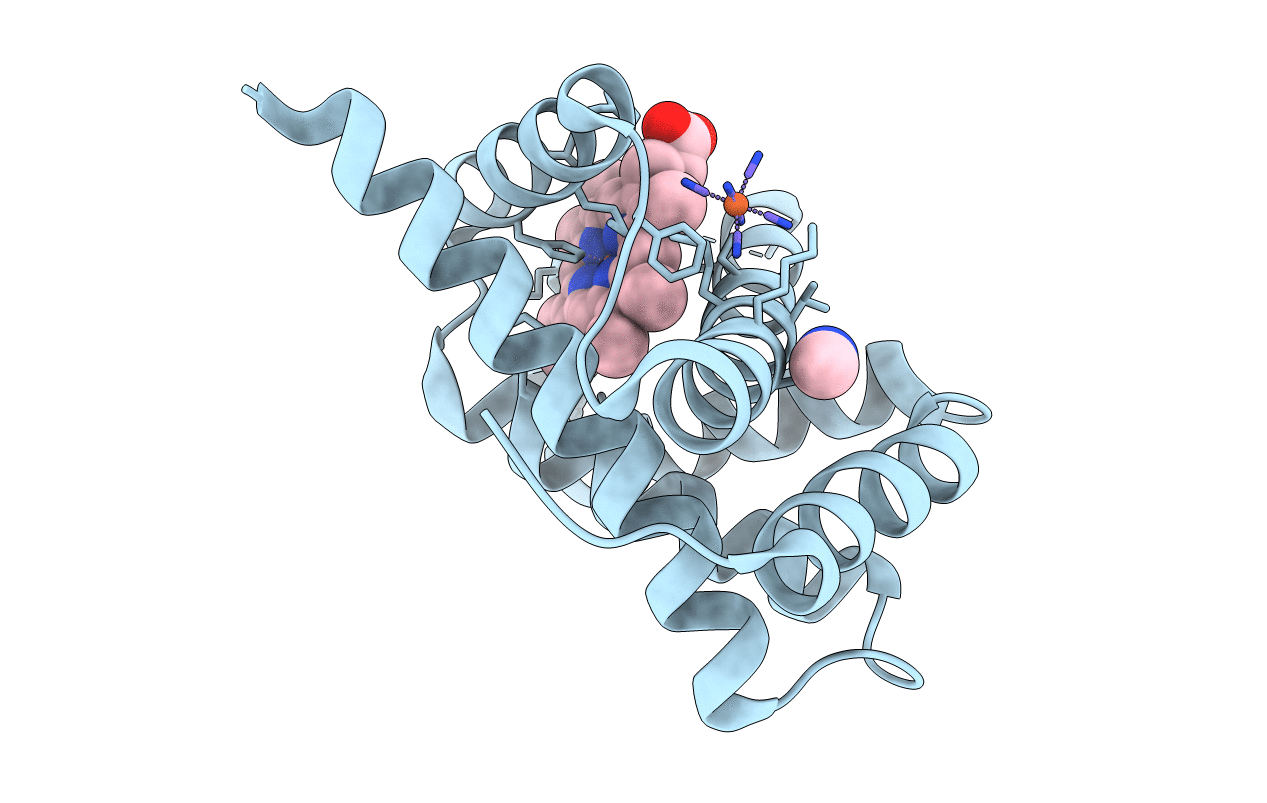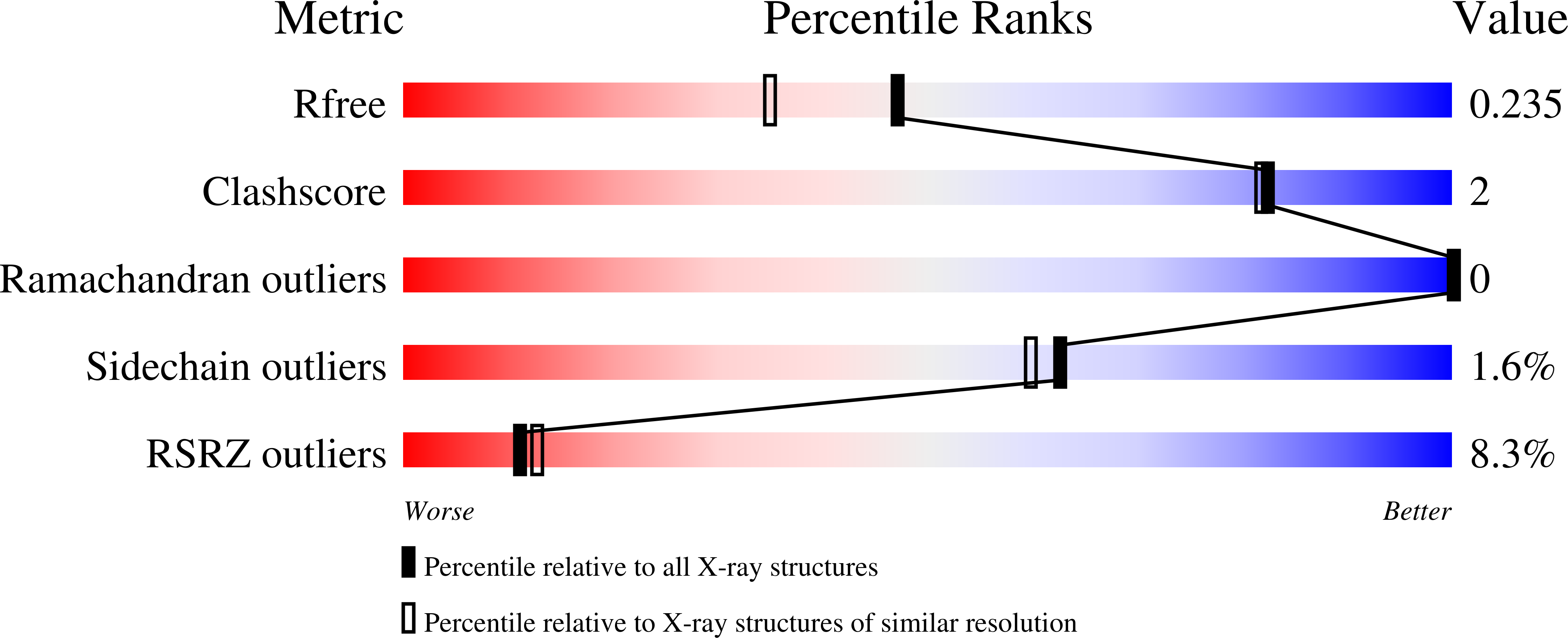
Deposition Date
2022-04-26
Release Date
2022-09-07
Last Version Date
2024-02-07
Method Details:
Experimental Method:
Resolution:
1.90 Å
R-Value Free:
0.23
R-Value Work:
0.20
R-Value Observed:
0.20
Space Group:
P 4 21 2


